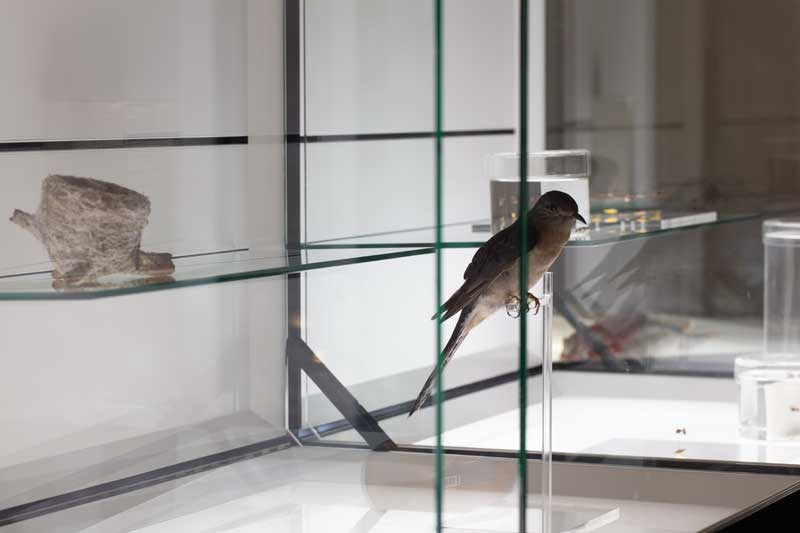
Unhallowed Arts was a cluster of exhibitions, performances, and a conference that took place in late 2018 in Perth. Organised by long-running art and science collaboratory SymbioticA, its theme was the Frankenstinian body, commemorating the 200 years since the publication of Mary Shelley’s novel. Two conundrums haunted the many parts of this multiplex of events. The first lay in the way the human body, so central to the politics of art and theory in the 1980s and 1990s, has been displaced by concerns for the precarity of the planet. Unhallowed Arts proved something of a testing ground for the relevance of a “technological” body today, with its intertwined subjectivities, to an era of ecological thought. A second conundrum lies in Shelley’s resuscitation, in the paradox of using a nineteenth-century novel to frame twenty-first century conversations and shows around bioart and human bodies.
Exhibitions spread out from the city’s bigger institutions – the group show HyperPrometheus: The Legacy of Frankenstein at the Perth Institute of Contemporary Art and the installation Biomess by the Tissue Culture and Art Project (Oron Catts and Ionat Zurr) at the Art Gallery of Western Australia – to more DIY projects in artist-run initiatives and smaller galleries, as well as performances in temporary venues including Connections, an LGBTQI+ nightclub. The accompanying conference presented a spectrum of papers ranging from the academic to the performative; a publication features writing similarly spread across the formal and experimentally poetic.[1] The core co-ordinators of Unhallowed Arts, Oron Catts and Chris Cobilis of SymbioticA were tongue-in-cheek about the metaphoric relationship between the multiplicitous events and themes collected under its umbrella and the central subject of the Shelley novel, a “monster” itself composed of many disparate parts: the title of the conference was “Quite Franky: It’s a Monster Conference.”
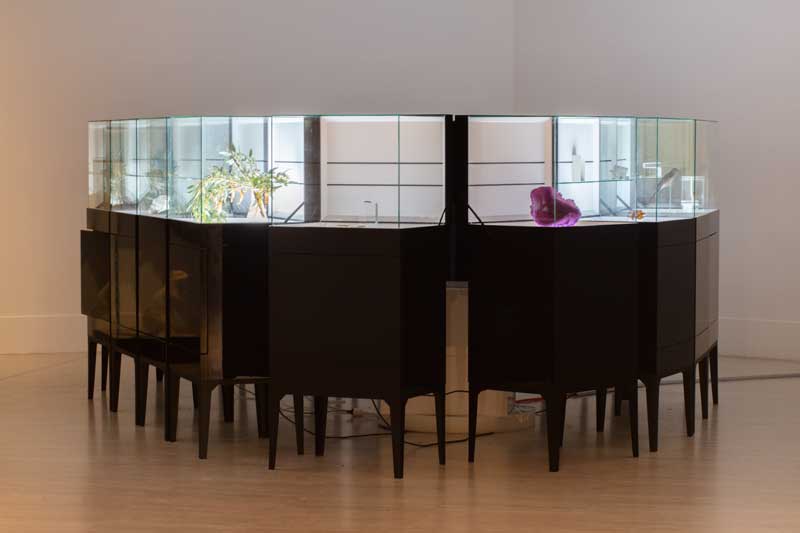
Shelley’s Dr Frankenstein and his creation have been used as a metaphor for just about everything. For the 200 years since its publication Frankenstein has rarely been out of the Zeitgeist. In the book, Unhallowed Arts, reverberations of the Frankenstianian narrative are traced by several writers through other seminal twentieth-century cultural icons, like Phillip K Dick’s Do Androids Dream of Electric Sheep (1968) and by extension, the movies Bladerunner (1982) and now Bladerunner 2049 (2017), as well as Donna Haraway’s Cyborg Manifesto (1984). Its consistent presence in the forefront of popular thinking makes the logic for a “revisitation” somewhat obtuse. As essays in the book note, Frankenstein’s monster harks back to the myth of Prometheus, and such reverberations through culture transform Shelley’s narrative from a vision of a particular moment in history to a set of symbols whose original form may be more mythical than technological.[2] This is perhaps what allows Frankenstein to support, as it does across this festival, such varied interpretations and critiques: of capitalism, racism, sex and gender, ecological collapse via climate change – an exhibition at Paper Mountain under the Unhallowed Arts banner focused on the phenomena of weather – and other more generally eschatological thought.
So it is that Shelley’s Frankenstein allowed all kinds of natural and technological bodies to be brought into Perth galleries. At the Art Gallery of Western Australia, the Tissue Culture and Art Project put living and preserved specimens, some from the artist’s own collection, some human cells fabricated in the lab and some on loan from the Western Australian Museum, into glass tanks aiming to replicate a luxury retail display. These specimens all in some way demonstrated the limits of clear categorisations and simple understandings of reproduction. At the Perth Institute of Contemporary Art, we could see robot bodies, human–animal hybrids, animal and insect bodies, bodies represented by their microbiome, computer generated bodies, and in the standout installation by Heather Dewey-Hagborg and Chelsea F. Manning, a series of facial reconstructions, none wholly identical, 3D printed from Manning’s DNA.
.jpg)
This exhibition, Hyperprometheus, illustrated the negative space of the metaphor: bodies were more absent than present. After performing in an exoskeleton, Stelarc left it behind to move about autonomously, powered by air compressors. A video by AES+F, artists who have also been on high rotation for Perth audiences in the last decade, shows a group of adolescents assuming the poses of mythical paintings in a faux-virtual landscape, typical of their tightly choreographed works in which bodies are made subservient to some overarching command. The question of the orchestrated body loomed large over this exhibition. In Reanimation! Zombie Frogs Underwater Ballet (2011) Chinese artist Lu Yang places frogs legs into a long tank and electrocutes them in time to a beat.[3] The legs dance, and although the media is contemporary, the direct reference is the old experiments of Galvanism – one of the Enlightenment-era scientific influences on Shelley’s Frankenstein– in which electric current is applied directly to deceased bodies to simulate life, discovered through the chance encounter with a meal of frogs legs served during a thunderstorm.
Frankenstein’s publication in the nineteenth century marked the beginning of a long fascination with apocalypses, haunted technologies and zombies produced by the “unholy” visions of electricity and enlivened anatomy and it is easy to draw parallels between that moment and present day. Shelley’s novel is also frequently cited as the beginning of the sci-fi genre and its concerns with the future. But the desire to speak of past, present and future (or the end of it) simultaneously also produced in Unhallowed Arts a gothic retrofuturism, colouring its speculative journeys. In her catalogue essay, HyperPrometheus co-curator Laetitia Wilson quotes the Gen-X R.E.M. classic, It’s the End of the World as We Know It (And I Feel Fine) (1987) to illustrate an apathy towards the apocalypses of our current time, but if there is such endemic indifference to the everyday catastrophe of being alive in 2018, then art projects inserting further distance from that catastrophe might also meet the same fate of response.[4]
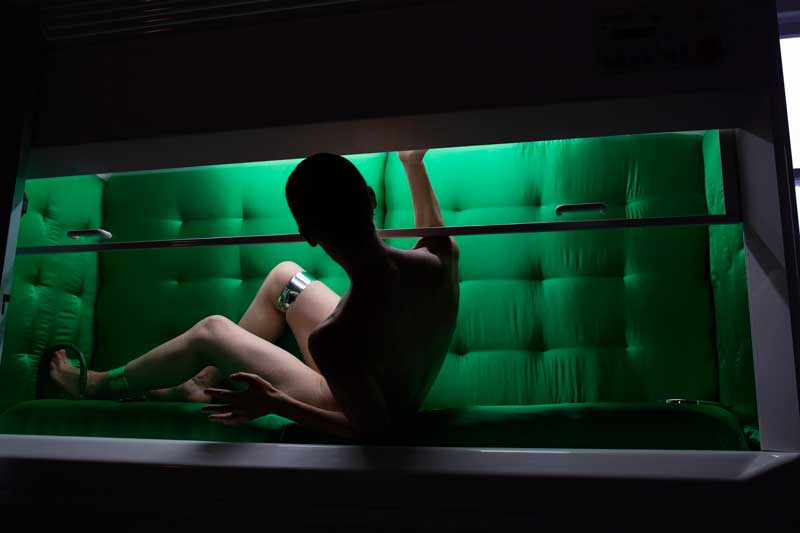
Performances by Kira O’Reilly (Finland) and Justin Shoulder (Australia) marked a tonal difference amidst the apocalyptic-fantastic. O’Reilly performed What If This Was The Only World She Knew? for over three hours in the auditorium of an imposing 1930s former girls school, edged with a ribbon of historic women’s names carved in stone. An audience stayed through the setting of the sun to watch O’Reilly enact a series of meditative rituals. Her slow disrobe from toxic green sequins and the gymnastics of her naked body in a silk-lined vitrine prompted a quiet flurry of smartphone activity; a deep silver bowl of microplastic emerald glitter was mixed slowly into a mound of earth.
Shoulder appeared on stage at Connections as Carrion, a posthuman cyborg–shaman. Transformed by a smooth white plastic mask and data-cable headdress, a segue from the deep-dream terror of his chorography to a wry monologue on consumer freedom culled from The Devil Wears Prada (2006) prompted relieved audience chuckling, the familiarity of the reference, infinitely meme-able, provided a sense of strange relief. The heart pounded through both performances, which moved through a more complicated emotional register heightened by the raised stakes of the artists’ physical presence. Doomsday terrors and anxieties were allowed to coexist with wryness, beauty, hope, and even boredom, more realistically reflective of how we will – how we are – experiencing the “end of the world”. Perhaps it is the surreal language of the dream, alive in the body of the dreamer, that can describe truly speculative territory.
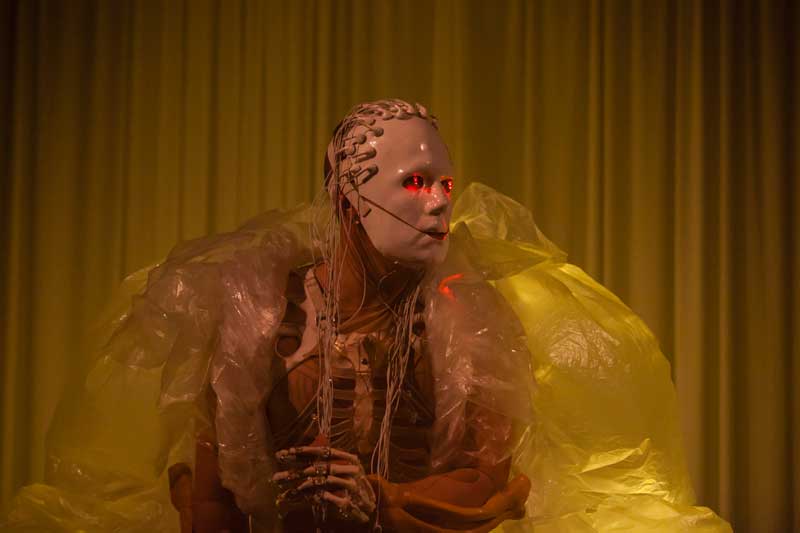
Here it is also possible to see some of the limits to the Frankenstein metaphor. In watching butchered frogs’ legs dance, or gazing upon fox-headed humans in Sam Jinks’s silicone sculpture Unsettled Dogs (2012), the question is not so much what we are feeling as why we should keep looking in the first place. A presumption that runs through these exhibitions lies in the uncanny effects of engineered, hybrid and virtual bodies, the strangeness of doubling the human body with itself. In Freud’s theory this fascination ultimately comes from a death drive that lies embedded within human cells, these living cells desiring to return to their inanimate state.
This uncanny, a compulsion to gaze into test tubes and tanks of the half-living is also a kind of elusion of life, a will to conceptualise it through its material forms. The Freudian metaphor inevitably arrives at the father, with the child’s knowledge that the father is somehow responsible for giving life, and yet this gift remains invisible to them. The paradox is the same here, as we look at what we are and yet are unrecognisable to ourselves. “It is almost as if in looking at a machine we see, if only dimly, something about ourselves that we don’t quite trust,” says a video work by Nathan John Thompson in the Paper Mountain exhibition Dark Skies Ahead. And yet we are also doing the looking in a narcissistic double bind.
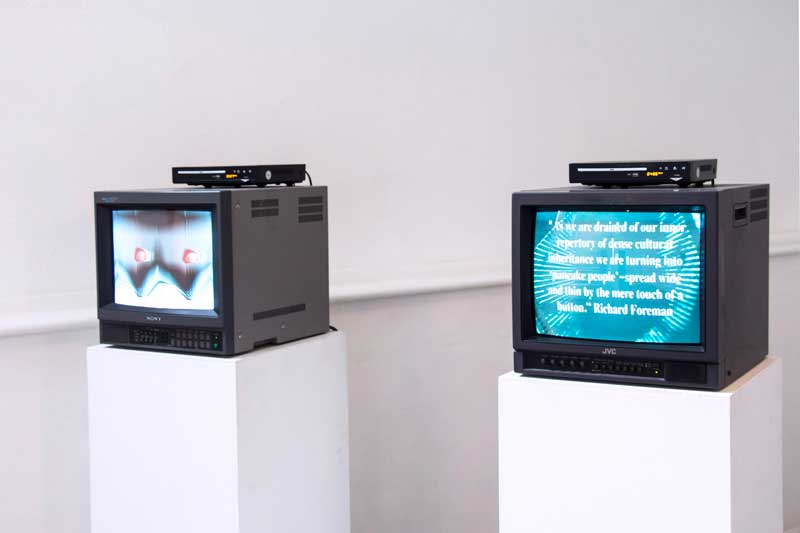
The sheer mass and variety of Unhallowed Arts produced such paradoxes, but the proliferation of perspectives and themes may also have been the point. Timothy Morton’s 2016 essay on Frankenstein is republished in the book, and it claims a space for an ecological dimension to the novel: the monster does not represent ourselves, but our entanglement with the ecological world.[5] If categories of “human” and “nature” can be expanded or dissolved then the individual’s relationship with the planet and its systems become less uncanny, abject and horrible. If we know ourselves to be cyborgs, insects, animals, scientists, gods and monsters, we may reconsider our foolhardy pursuit of mastery and dominion over “nature” which is itself revealed to be a paradox, something that we are part of, but which does not exist.
There are echoes here of Haraway’s more recent project, Staying with the Trouble: Making Kin in the Chthulucene (2016),in which aninterwoven, nonhierarchical mode of living across species is named for a Californian spider, whose arachnid bodily form diverges the most from the upright mammalian and therefore presents the greatest challenge for cross-species identification. And so It turns out that the conundrums of Unhallowed Arts may not be as difficult to untangle as they first appear. Frankenstein’s monster is not a monster at all, but a way of speaking about a mastery over nature that can no longer take place, a way of simulating a sense in which human beings are confronting the future when they are barely able to manage the present. Frankenstein’s monster is, in other words, the quintessentially “modern” figure, a meta-metaphor that refers as much to itself as it does to those secondary meanings. The zombie and the hybrid serve a well-trodden history of monstrosity turned entertainment. Like hermit crabs scuttling between shells, the same tropes are played out on an ever -shrinking stage, with so many voices declaring an apocalypse that has already taken place.
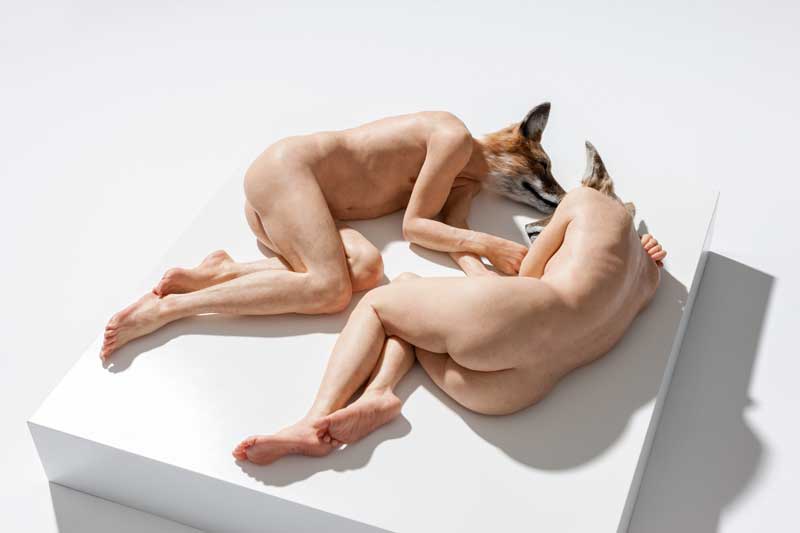
Footnotes
- ^ Unhallowed Arts, edited by Laetitia Wilson, Oron Catts and Eugenio Viola, University of Western Australia Publishing, Perth, 2018.
- ^ See Eugenio Viola, "The Promethean Attitude: Or, The Modern Prometheus," in Unhallowed Arts, pp. 34–46 at 38 and 39; Laetitia Wilson, “Daniel Lee: Circus, 2011,” in Unhallowed Arts, pp. 89–90 at 89; and Timothy Morton, “Frankenstein and Ecocriticism,” in Unhallowed Arts, pp. 168–184 at 169.
- ^ You can see this work here: http://luyang.asia/2016/12/10/reanimationunderwater-zombie-frog-ballet/
- ^ Laetitia Wilson, "Horrible Success: Frankenstein, hyperobjects and consequential monstrosities," in Unhallowed Arts, pp. 9–17.
- ^ Morton, "Frankenstein and Ecocriticism" is reprinted from The Cambridge Companion to Frankenstein, ed. Andrew Smith, Cambridge University Press, Cambridge, 2016, pp. 143–57.
